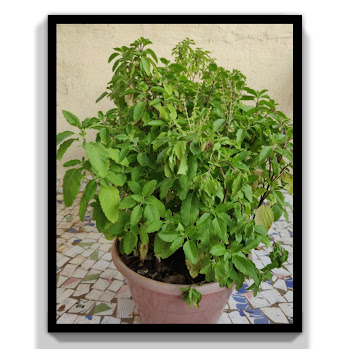How to Care and Propagate: Fittonia / Nerve Plant
Introduction:
- The Nerve plant
or Fittonia plant belongs to the Acanthaceae
family.
- Fittonia Plant
which is widely found in tropical areas especially in rainforest region and
native to tropical rainforest in
South America, mainly Peru.
- Fittonia is
one of the low maintenance plant in the houseplants category. There are different varieties of Fittonia plants.
- These plants are especially known for their highlighted vein look (nerves) of leaves which is a very eye-catching one thereby adds to a live décor piece. They are also known for colorful houseplants.
- There are different types of Fittonia plants; according to its different colour of leaves such as red, pink, green, they are been identified.
Soil & Climate:
- It requires well-drained and moist soil but not too wet.
- Also, it requires high humidity levels. So one create it by misting the leaves at different intervals and also by using a pebble tray.
- Regards to fertilizer use, one can use cow manure or any brand of organic fertilizer.
Light requirement:
- It grows well in bright light but not direct sunlight.
- It flourishes well in a bright shady area.
- Also if it exposed to low light conditions, then the leaves will lose their overall luster of veins and thereby its growth will be deteriorated.
Water Technique:
- The Watering need of the plant arises only when the soil is dry.
- Use normal or room temperature water while watering the plant so as to avoid the shock to the plant.
- Water the plant to get the soil only wet and moist.
Propagation:
- Fittonia plant can be propagated by taking its stem or leaf cuttings.
- Cut the stem at its node and simply put it in water, likewise cut the leaf and put it in water.
- After 2 to 8 Weeks one will see the roots are coming out, however for fast results, one can use rooting powder also.
Vital Tips:
- Prune the tips of the nerve plant to get a bushier look of the plant.
- Avoid overwatering as it can cause root rot and also at times thereby kill the plant.
- Unlike other houseplants, this is one of the rare houseplants which is non-toxic to any pets like cats and dogs.
- Cold or chilled air can damage the plant.
- If the leaves of the plants are turning yellow or the leaf tips are turning brown, it is the indication of improper humidity requirements and watering schedule.
Thanks and Best of Luck!
Happy Planting!
I would like to hear your thoughts, suggestions and any questions in the comments below.







Comments
Post a Comment